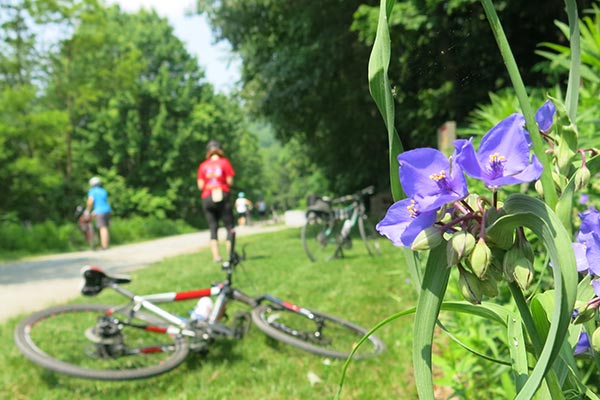
Six Ways to Improve Your Cycling this Spring
How to improve your cycling this spring
Finally winter is over! Time to come out of hibernation and step out in the sunshine to ride your bike! Maybe your first ride feels a little slower than you’d like, but don’t worry. Here’s your guide to improve your cycling this spring.
1 Stay healthy

Keep your immune system working great by getting enough sleep and eating a wide range of nutrients. Taking a vitamin C supplement like Airborne can keep your C-levels high and keep you hydrated.
After a hard training effort, avoid close contact with sick people! Your system is more vulnerable when you’re tired, and you’re less able to fight off a virus after a long, hard ride. But protecting yourself from illness ultimately comes down to simple hygiene — wash your hands a lot! This is important all year round.
2 Spring clean your diet
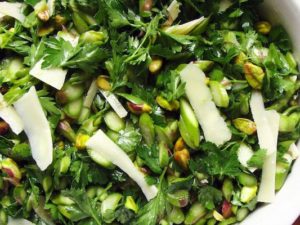
The first vegetables to emerge are gloriously green: cabbages, beans, peas and tasty asparagus. Asparagus is rich in vitamins C and E and antioxidant glutathione, which can help to reduce the risk of upper respiratory tract infections. Asparagus is heart-healthy too, with vitamin K, which promotes blood-clotting. One serving of cabbage provides more than your daily recommended intake for vitamin C, as well as vitamins A and E, to help your body copy with the demands of training and stay well.
Make sure you’re reading labels to avoid hidden sugars. We all know that cake and cookies have lots of sugar, but many savory packaged foods have added sugar too. Of course, the best way to avoid hidden sugars is to cook your own foods and enjoy the fresh foods now in season.
Increasing your protein intake can help curb carb cravings. Protein is essential to building the muscle that cyclists need – the “driving force behind adaptive responses to exercise,” as described by scientists who looked into the link between the process, nutrition and exercise. It’s crucial to recovery and without it you may not reap the benefits of the hard work put in. For athletes – who break down muscle and need to rebuild it for training adaptation – nutritionists recommend anywhere from 1.2g to 2.2g per kg of body weight, per day.
3 Keep your knees safe
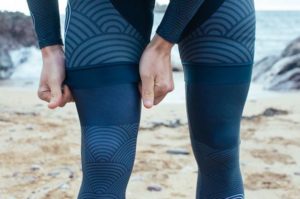
How to avoid ouchy springtime knees? Build up slowly. If you head out for a 100-mile ride after a winter of inactivity, you’ll probably feels some aches and pains. A gradual build-up to longer rides is obviously far better for your body. If you do start hurting, back off or see a professional if the pain is severe.
Also, keep your knees warm! When it’s cold out, stick to tights or knee-warmers. There is very little flesh around your knees to insulate them from cold weather; the drop in temperature can aggravate tight muscles and exacerbate any knee pain.
4 Fix up your bike
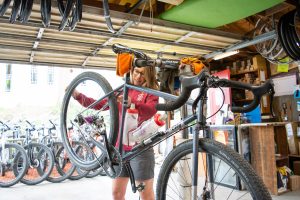
Give your bike a thorough service, checking tires, drivetrain and cables for wear and tear. Now would be a good time to replace that rusty chain and lubricate that cassette. Take off your fenders and light mounts, throw on some lighter tires and replace your bar tape. Your bike will feel like new! (Follow our handy guide to spring bike repair here!)
5 Add in some speed
When you first get on the bike, it’s normal to feel a bit slower than usual (unless you’re a spin-class devotee). Don’t worry, we’ve all been there — and form does come back.
The first thing to do is add in some tempo riding. These efforts should only be about five to 20 minutes long. During this time you should focus on an effort that’s uncomfortable but manageable. At first, you won’t feel very fast. But over time these sessions will be the building block of your fitness. They will gently ‘nudge up’ your lactate threshold from beneath.
Or you could do some very short, very hard sessions to pull your threshold up. Now popularly known as HIIT (high intensity interval training) these sessions are tough. Not everyone likes to do them, but they really do work.
6 Go for an evening ride
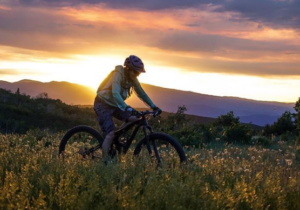
So get out there and enjoy the change of season!
Wilderness Voyageurs operates Inn-to-Inn Bicycle Vacations
All Wilderness Voyageurs tours are fully supported with a SAG vehicle and include beautiful routes through stunning landscapes, excellent food and accommodations, top rate equipment, dedicated and enthusiastic guides.
Give our wonderful reservation staff a call to book your next bike tour vacation. (800) 272 – 4141


